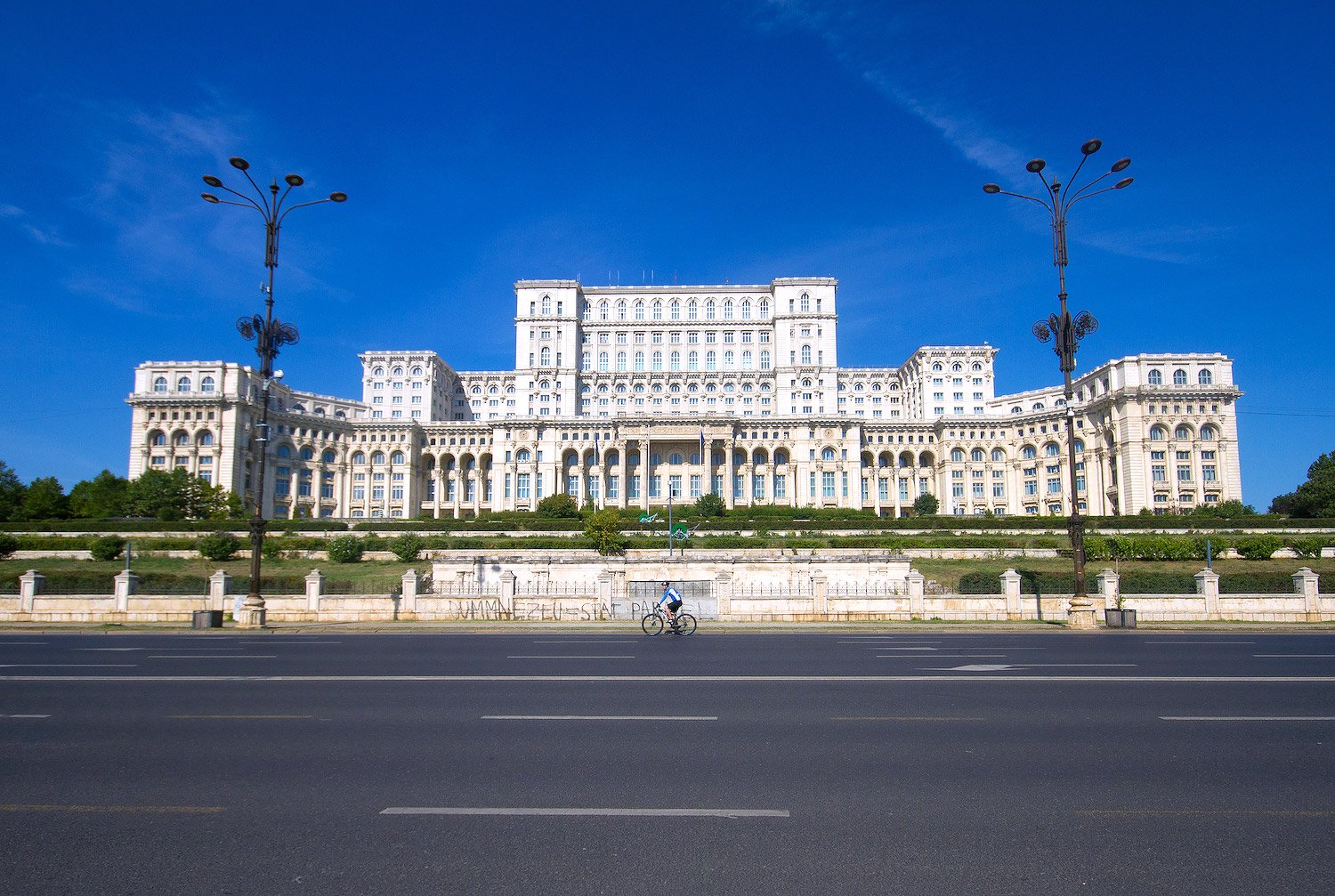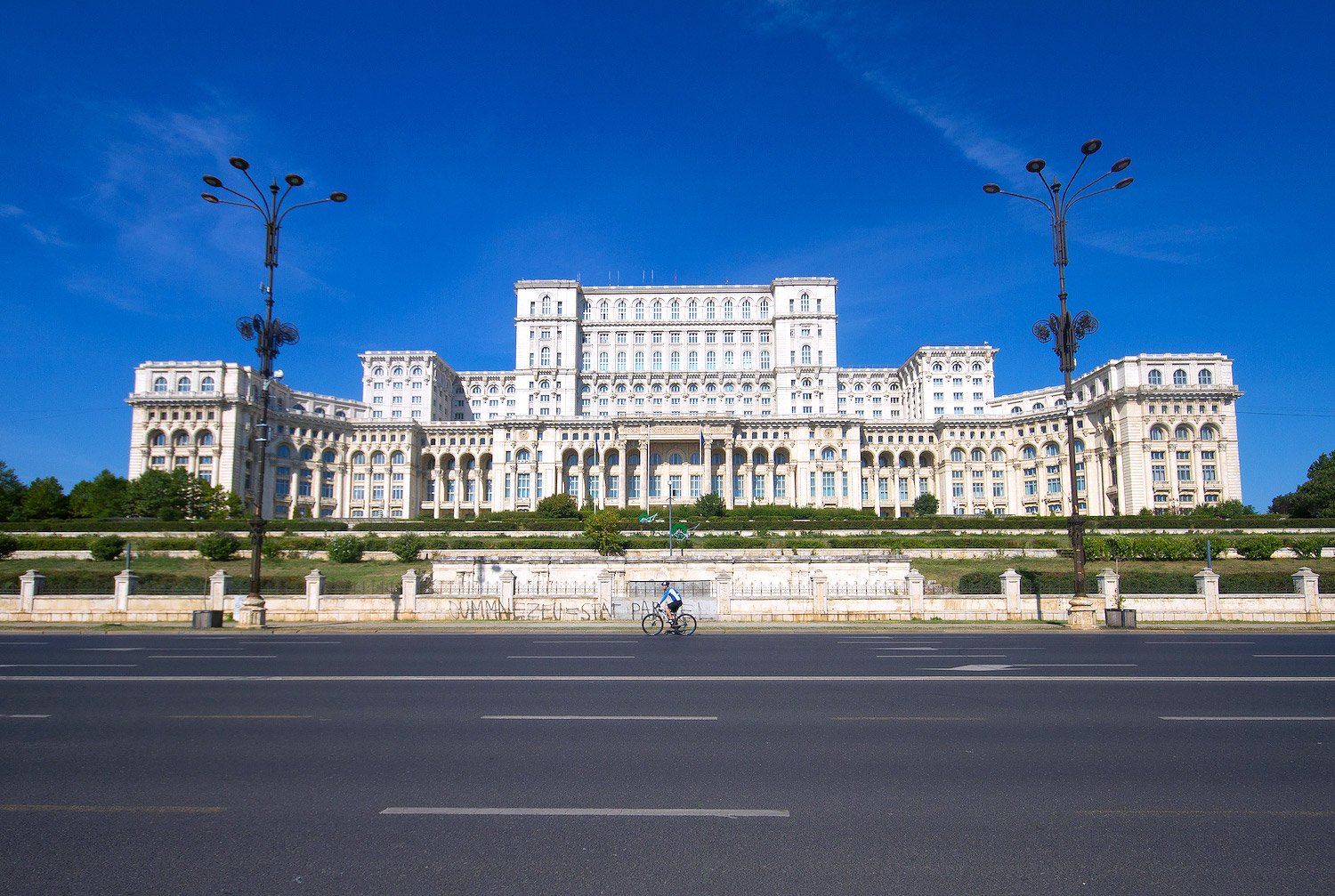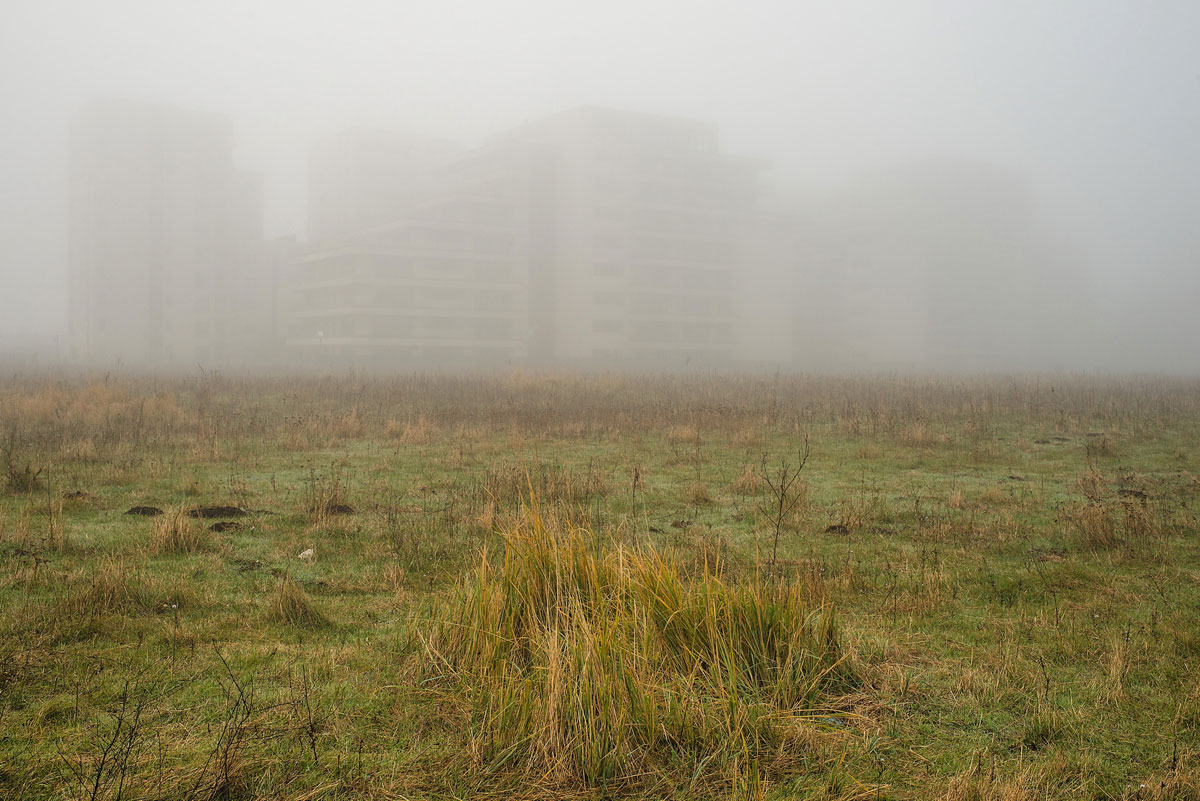48 hours in Bucharest: explore the eclectic Romanian city that’s alive with creative power

One of Europe’s fastest growing cities, Bucharest bursts with life. From independent galleries and cafes to a bustling university life and tireless civic protests, the Romanian capital is a cultural hotspot marked by both East and West.
Your first step is checking in. There are plenty of airbnbs and boutique hotels across the capital, but our pick would be the centrally-located Soffitta Boutique Hotel, a cosy hideaway wrapped with minimalist aesthetics and natural materials. For a different experience entirely, try the grand, socialist-era hotel Intercontinental (where the thin walls are a living proof of the omnipresence of the socialist-era secret police.) Although the hotel was built as a Western haven in the 1960s, and has been renovated since, the polished floors, armchairs, curtains and lamps, do echo another era. After hosting the likes of Lenny Kravitz and Billy Idol, surviving the devastating 1977 earthquake, and witnessing the 1989 revolution on its doorstep, the building has a plethora of stories to tell — and perhaps the best panorama over the city.
The Intercontinental Hotel and classic Romanian satire playwright I.L. Caragiale. Image: Mihai Petre, via a CC license
Bucharest’s most outstanding feature is its eclectic architecture. In addition to the socialist tower blocks and monuments that dominate the skyline, elegant neo-classical and neo-Renaissance buildings from the late 19th century populate the city’s central boulevards, giving the city its inter-war reputation as the “Paris of the East”. Less immediately striking, yet just as treasured by architecture lovers, is Bucharest’s vast number of two-storey, 1930s modernist homes, although many are still waiting for restoration. Scores of 19th century villas in the ornate Romanian neo-Brâncovenesc style are also now being embraced and transformed into cultural centres, cafes, bars and restaurants — although too many are still left to decay.
Start off your day in the heart of the city on Piata Universitatii (or University Square in English), where the National Theatre and the University of Bucharest buildings dominate the cityscape. This is a common meeting spot, and it’s often the starting point for the street protests which have redefined Romania’s political life over the past few years.
From Universitate, walk towards Lipscani, the old centre of the city, which gives you a glimpse into Bucharest’s rich history at the crossroads between the East and the West. Step into the quarter’s intricately quaint medieval churches and take a look at the ruins of the Old Princely Court, built by Vlad the Impaler (who later served as inspiration for Bram Stoker’s Dracula) in 1459.
If you’re ready for refreshment, then it’s also time for your first traditional Romanian meal. Try local polenta-equivalent mamaliga with cheese and cream and a local beer at grand neo-gothic brewery Caru’ cu Bere — or, if it’s hot outside, have a drink in the courtyard of the oldest inn in town, Hanu’ lui Manuc. After lunch, you can take a short walk and enjoy browsing books at one of the most stunning bookshops in the world, Carturesti Carusel. Located in a beautifully renovated 19th century building, this literary wonderland was brought to life after years of neglect, its ornate pillars drawing your eyes upwards to the majestic glass ceiling.
The staple neo-gothic brewery Caru' cu Bere. Image: Octav Vladu, via a CC license
After spending the day in the bustling streets of the old town, you can wind down a little by strolling across one of the oldest parks in the city, Cismigiu Gardens, dating from the mid-19th century. If you’ve got the energy and a taste for classical art, you can take a ten minute walk from the gardens to visit the National Museum of Art. Alternatively, keep strolling on Calea Victoriei for another ten minutes to reach the gorgeous Art Nouveau palace hosting the George Enescu National Museum, which celebrates the great Romanian music composer who lived on the premises immediately after the Second World War. If you’re looking for fresher creative work, dip into some of Romania’s contemporary art at the small private galleries Salonul de Proiecte at Tipografia Universul on Ion Brezoianu street or Go Contemporary on the Semicercului street.
The best way to end your evening is to wander amid the 19th century villas on the narrow streets between Victoriei, Magheru, and Carol Boulevard. Some of these villas have been turned into stylish cafes and bars with an intimate vibe, so stop for a drink at the bar-cum-restaurant Dianei 4 or Lente, or for a quiet cup of tea at Bernschutz&Co. If it’s warm outside, try out the La Motoc garden, where the wooden long tables amidst old trees lit up by fairy lights will transport you into a fairytale like world.
If you don’t want to head back to your hotel room yet, then you can always spend your night at Bucharest’s most popular club, Control. There are live music alternatives too: Fabrica Club, Expirat or Quantic are your go-to-places for big concerts, while MNAC’s cafe and Londohome are likely to host smaller underground live music gigs.
Kick off your next day with a spot of shopping at one of the city’s staple markets, Obor, which is open daily. Small farmers come there from all over Romania — some in traditional clothing — to sell their most beloved produce, amongst families doing their weekly shop and old friends catching up. Try out the vegetable spread zacusca on homemade bread and the sweet Hungarian spit cake Kürtőskalács, as well as traditional Romanian cheeses and meats. Also make sure you grab a bottle of the locals’ favourite spirits: plum-made țuică, and palincă, a brandy made out of a variety of fruits.
Once you’ve eaten your fill of fresh and hearty Romanian fare, it’s time to make your next steps. Your next stop, the Casa Poporului, or the Palace of the Parliament, is the second largest government building in the world after the Pentagon. It also provides an essential insight into the dark side of Romania’s socialist regime. An entire neighbourhood, home to some 40,000 people, was relocated in order to build the controversial landmark in the centre of Bucharest, all at the whim of former socialist dictator Nicolae Ceausescu. Unfortunately, today just a third of its rooms are being used. You can visit some of the spaces, or just move straight to the Contemporary Arts Museum at the top of building — which, in addition to fantastic exhibitions, has a rooftop cafe, with a view of the People’s Salvation Cathedral.
From Casa Poporului, it’s a half-an-hour stroll to a tiny yet fantastic contemporary art gallery Ivan Gallery. It represents key avantgarde figures such as Paul Neagu and Geta Bratescu, as well as newer voices like Lia Perjovschi or the duo Anca Benera and Arnold Estefan. After you’ve had a look around, treat yourself to tea and cake in the dim light of the Infinitea cafe nearby — they also have a lovely intimate terrace if the weather allows.
If you want a snack on the go, then buy yourself a local bagel called covrig or a traditional pie, from one of the lots of specialised kiosks by street corners or underground stations. Alternatively, to get your levels of sugar back up, you can grab some Bucuria chocolates in most underground stations — they’re produced in Moldova rather than Romania, but are a favourite brand in both countries.
If it’s summer, end your weekend with a bite and drinks at one of the most buzzing local favourite terraces and gardens, such as Green Hours, Verona, J’ai Bistrot or the expansive Eden gardens. Over the winter, you might want to try the slick bar Apollo 111 or the cosy pubs QP or Londophone.


